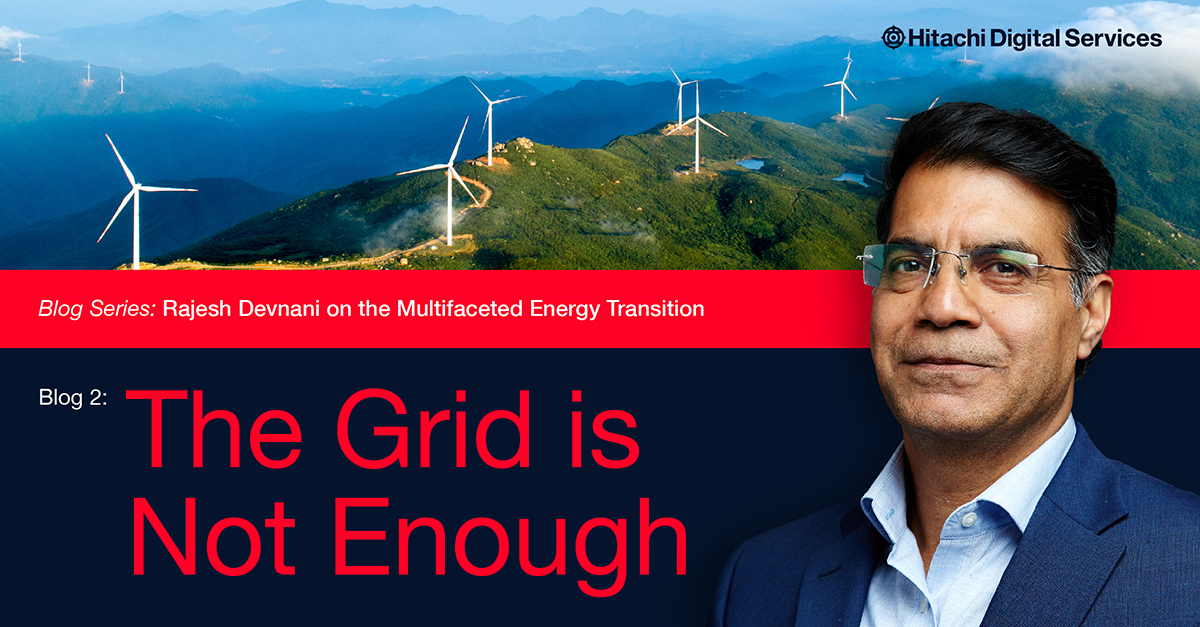October 7, 2025
Artificial intelligence is rapidly transforming the way companies approach ESG reporting, shifting it from a compliance-heavy exercise into a more strategic driver of sustainability and growth. The market for AI in ESG is expanding quickly, projected to grow from $1.24 billion in 2024 to nearly $15 billion by 2034. This pace of adoption reflects how enterprises are increasingly recognizing AI not as an optional tool, but as a necessity for meeting regulatory demands and investor expectations.

Automating ESG Data Collection and Integration
One of the most significant changes has been in how companies collect, process, and analyze sustainability data. Traditionally, ESG reporting relied on fragmented systems and manual consolidation across supply chains, facilities, and financial operations. AI is now automating this process by integrating streams of data from IoT devices, enterprise platforms, and external partners. In energy-intensive industries, for example, real-time data from IoT-enabled meters can be channeled directly into AI-driven dashboards, allowing sustainability leaders to see carbon emissions profiles evolve as operations unfold.
How Can AI Help Companies Monitor ESG Metrics in Real Time?
The ability to move beyond static reporting towards continuous monitoring and predictive insight is particularly transformative. AI algorithms not only detect anomalies or deviations from ESG targets, but also forecast risks and opportunities. This forward-looking capability is starting to replace the backward-looking nature of traditional disclosures, enabling companies to anticipate regulatory, environmental, and reputational challenges before they materialize.
Efficiency, Accuracy, and Stakeholder Engagement
The impact on efficiency and accuracy is striking. Tools such as Natural Language Processing are reducing the burden of manual reporting, scanning company disclosures, classifying them across ESG categories, and aligning them to frameworks such as CSRD, ISSB, and TCFD. Studies suggest this automation can cut the manual workload by as much as 40 percent.
What once took weeks to prepare can now be delivered in days, with some companies reporting improvements of over 70 percent in both speed and data quality. At the same time, AI is lowering the operational costs associated with compliance and sustainability assurance. Where processes like CDP reporting previously required a month or more, they can now be completed in a fraction of the time. Beyond efficiency, companies adopting AI for ESG disclosure are seeing stronger stakeholder engagement, with investors and customers responding positively to more reliable and transparent reporting.

Emerging Technologies Enhancing ESG Strategy
Emerging technologies are pushing this shift even further. Generative AI is increasingly used to draft tailored reports and create stakeholder-specific narratives, while advanced analytics convert raw ESG data into actionable insights for strategic planning. Blockchain, when combined with AI, provides an additional layer of integrity by creating tamper-proof audit trails that help build trust and reduce the risk of greenwashing accusations.
Challenges in AI-Driven ESG Reporting
Yet the rise of AI in ESG also brings challenges. The reliability of AI-driven insights depends heavily on the quality and completeness of input data, which remains a significant issue for many enterprises. There are also concerns about algorithmic bias, particularly when measuring social and governance metrics, and a lack of consistent guidance across frameworks when it comes to disclosing the environmental footprint of AI itself. Data privacy and cybersecurity risks add another layer of complexity, particularly for companies handling sensitive supply chain and emissions data.
RitaONE: A Practical Solution for ESG Automation
To help enterprises address these challenges with confidence, Hitachi Digital Services offers RitaONE, a platform designed to automate ESG disclosures across multiple frameworks. RitaONE integrates ESG standards and streamlines reporting processes, reducing manual effort while maintaining transparency and credibility. By combining AI-driven efficiency with expert oversight, RitaONE supports enterprises in meeting regulatory requirements and building trust with stakeholders. It enables companies to move from fragmented reporting to a unified, strategic ESG approach.

Strategic Differentiation Through Responsible AI
AI is not just enabling compliance, it is becoming a strategic differentiator. Companies are beginning to use these tools to design more resilient business strategies, from climate adaptation to portfolio optimization. Industry-specific solutions are already taking hold, with construction firms using AI to manage embodied carbon across projects and financial institutions leveraging it for ESG fund performance. Analysts expect regulators to integrate AI-specific metrics into ESG frameworks as early as 2025, further underlining its central role in the sustainability agenda.
Conclusion
The evolution of AI in ESG reporting marks a turning point for sustainability leaders and CFOs. What was once a retrospective, manual process is now becoming a dynamic and forward-looking discipline. Enterprises that can harness AI responsibly will not only meet rising regulatory demands but also position themselves as leaders in building a more sustainable and transparent economy.










